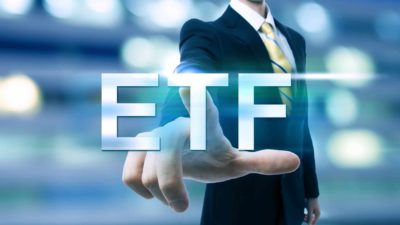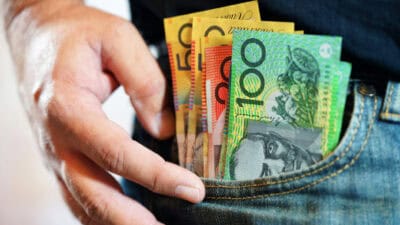The Vanguard Australian Shares Index ETF (ASX: VAS) is a leading exchange-traded fund (ETF) that enables investors to buy many ASX shares in a single investment.
The VAS ETF tracks the S&P/ASX 300 Index (ASX: XKO), which includes 300 of the biggest businesses on the ASX. However, there's a lot more to this ETF than just what it invests in. I'm going to tell you about three attractive elements.
High dividend yield
Plenty of investors, particularly retirees, want to achieve a decent level of passive income.
The ASX 300 has a significant weighting to ASX mining shares and bank shares, which typically come with generous (high) dividend payout ratios and low price/earnings (P/E) ratios. This results in those companies having a high dividend yield, which is then passed to VAS ETF owners through the ETF structure.
According to Vanguard, the Vanguard Australian Shares Index ETF has a dividend yield of 3.7%, plus the franking credits are a bonus.
Compare that to the Vanguard US Total Market Shares Index ETF (ASX: VTS), which invests in the US share market. It has a dividend yield of 1.3% (and no franking credits).
The VAS ETF may be one of the more appealing options to create investment cash flow.
Very low fees
One of the main benefits of investing in index-following ETFs is they can have very low management fees. The VAS ETF is one of the cheapest ways to invest in a portfolio of ASX shares, with an annual fee of just 0.07%.
Why do fees matter? Because all things being equal, expensive fees can hurt an investment balance by thousands of dollars compared to a low-fee fund.
Using a compound interest calculator, if I invest $500 per month into a fund that charges 1% per annum and returns (net) 9% per annum, it would be worth $307,000 after 20 years.
If I did the same thing and invested $500 per month but chose a low-cost fund, and it returned (net) 10% per annum, it'd be worth $343,000.
Of course, that's a very simplistic comparison – we don't know precisely what the VAS ETF returns will be in the future.
Large exposure to a few ASX blue-chip stocks
Being invested in 300 businesses is typically a good thing for diversification.
However, with how large the biggest companies are in Australia compared to the rest of the index, the VAS ETF is heavily weighted to just a few names.
Looking at the biggest positions in the portfolio, we're talking about BHP Group Ltd (ASX: BHP), Commonwealth Bank of Australia (ASX: CBA), CSL Ltd (ASX: CSL), National Australia Bank Ltd (ASX: NAB), Westpac Banking Corp (ASX: WBC), ANZ Group Holdings Ltd (ASX: ANZ), Wesfarmers Ltd (ASX: WES), Macquarie Group Ltd (ASX: MQG), Goodman Group (ASX: GMG) and Woodside Energy Group Ltd (ASX: WDS).
Those 10 names are responsible for more than 46% of the VAS ETF. That's less diversified, in allocation terms, than it may first appear. That may not be a bad thing if you like those companies, but it's something investors should keep in mind.









